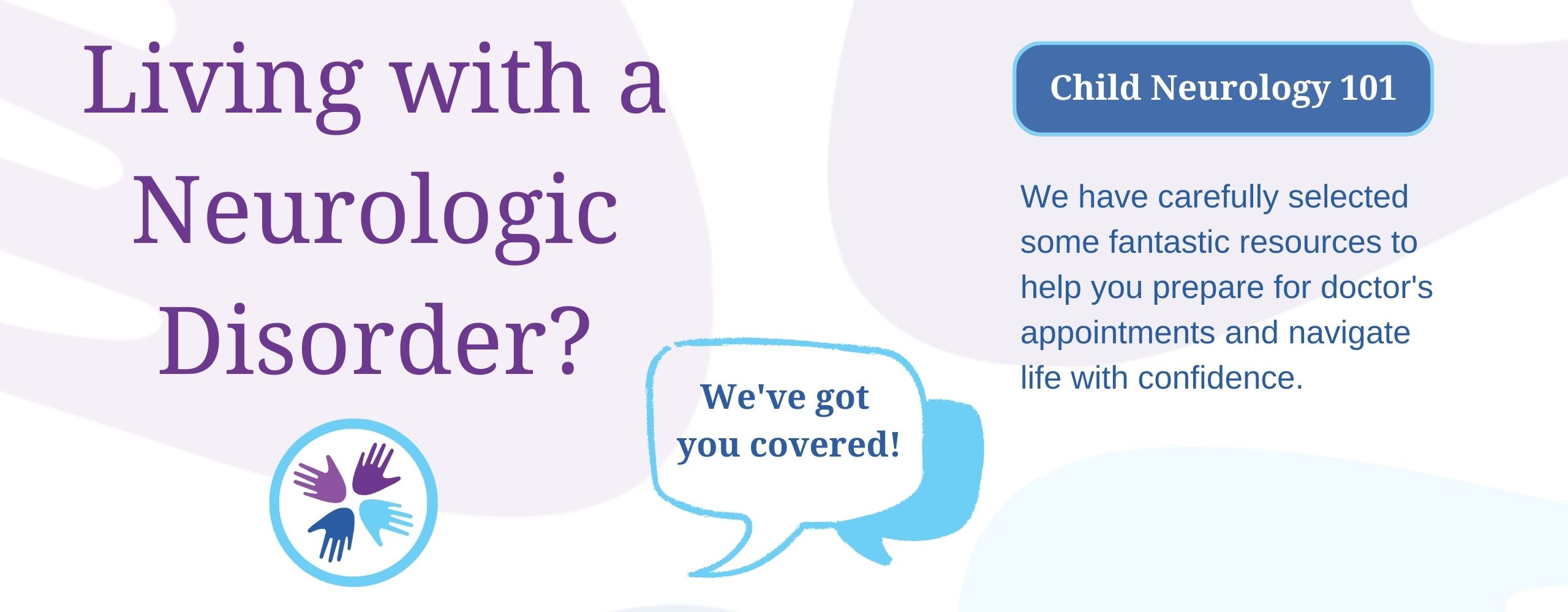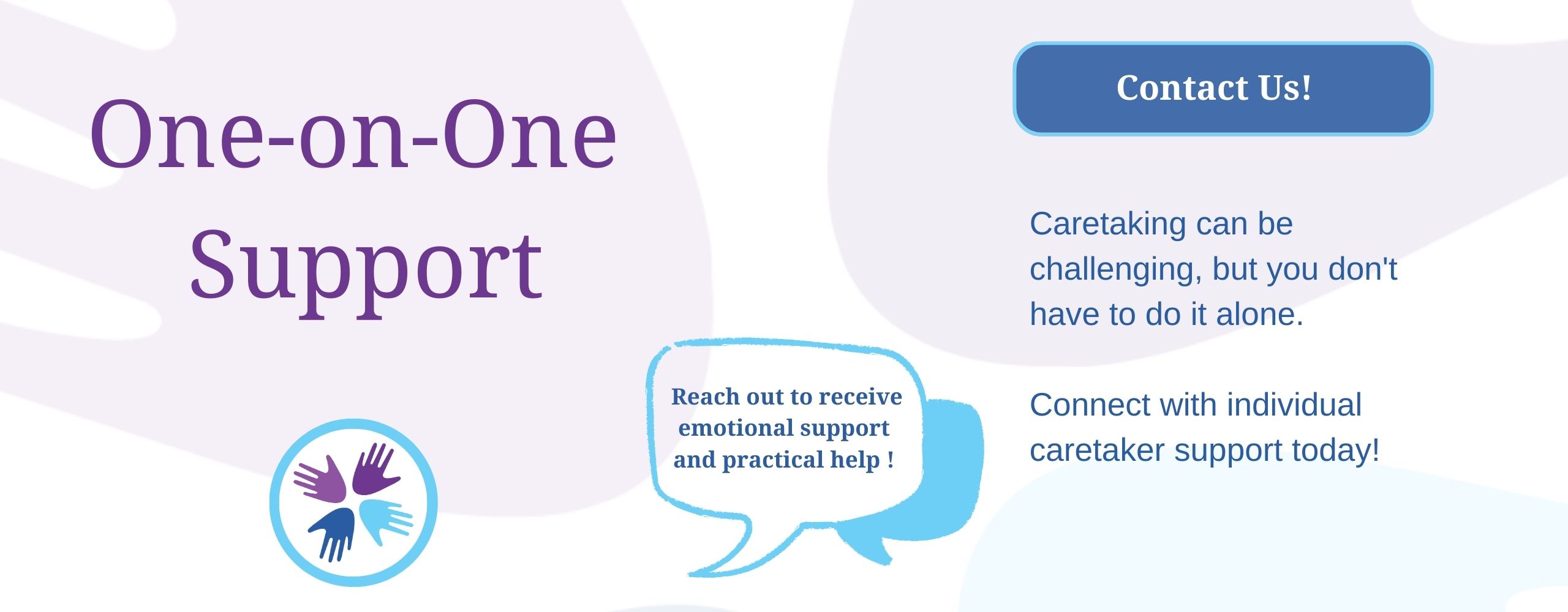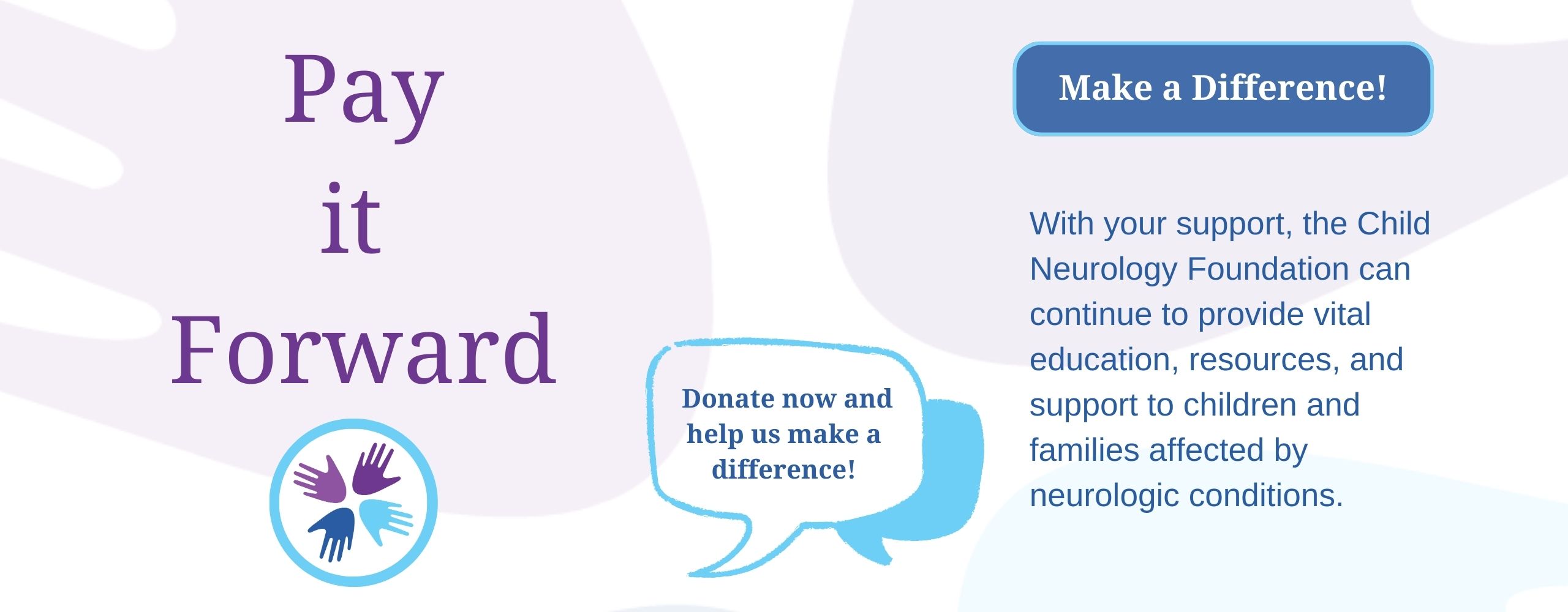
Authors: Diya Chakraborty, MD, The University of Texas McGovern Medical School at Houston;
Stuart Fraser, MD, Director, Pediatric Stroke Program, UTHealth Institute for Stroke and Cerebrovascular Disease, Houston, TX
Reviewed: July 2023
SUMMARY
Apraxia is when a person is unable to perform tasks or movements. This occurs even though the person has the will and physical ability to do so.
Apraxia can affect both new tasks and tasks that were previously learned. For example, the person may forget how to open a lock with a key.
Several different neurologic conditions can cause apraxia. These conditions involve some degree of damage to the brain. They include:
- Stroke
- Brain injury
- Neuroinflammatory diseases
- Brain tumors
- Other brain diseases
JUMP TO
Disorder Overview
DESCRIPTION
Apraxia is a brain disorder. A person with apraxia has difficulty performing a task that they used to be able to perform. They may also have difficulty learning new tasks. This occurs despite their wanting to do the task.
People without apraxia can perform a familiar action when they decide to do so. Apraxia can take away someone’s ability to do everyday things. This can make daily life challenging.
There are different subtypes of apraxia. The type of apraxia depends on the type of function the person is unable to perform.
Types of apraxia include:
Ideomotor apraxia
The person knows how to do a task and can describe it, but they can’t actually do it. For example, they may know how to use a pen to write on paper or put a battery in a clock. However, they can’t perform those actions. This type is common in patients with stroke or neurodegenerative disorders.
Ideational apraxia
Limb-kinetic apraxia
There are certain types of apraxia related to particular tasks. These include:
Dressing or sitting apraxia
Apraxia of eyelid opening
Gait apraxia
SIGNS AND SYMPTOMS
A person with apraxia is unable to complete routine and everyday tasks. For example, they may be unable to use a toothbrush.
Apraxia is often noticed by the child or their family members. This occurs when the patient suddenly has trouble with a routine task. However, for some people, symptoms start slowly. Subtle signs can be missed at first.
CAUSES
Apraxia is caused by damage to specific areas or circuits of the brain. These help you perform tasks in a certain order.
Conditions that can cause apraxia include:
- Traumatic brain injuries
- Stroke
- Brain tumors
- Neuroinflammatory conditions
- Neurodegenerative disorders
Apraxia can be inherited. However, this is not usually the case. In some cases, a specific cause for apraxia may not be found. It’s important to consult with a healthcare provider, usually a neurologist, for diagnosis.
LABORATORY INVESTIGATIONS
Apraxia is diagnosed by observing signs of trouble performing tasks or movements. The diagnosis is made by a healthcare professional based on a physical exam. They will also have a conversation with the child and their family.
Signs may be subtle. So, healthcare providers can assess apraxia by asking the patient to perform specific gestures or actions.
Imaging techniques may be used after a physical exam. This varies from patient to patient. The following brain scans may be useful:
- Computerized tomography (CT)
- Magnetic resonance imaging (MRI)
These scans can help identify exact locations of lesions in the brain. (This can help the doctor see a prior stroke or brain tumor, for example.)
TREATMENT AND THERAPIES
Treatment of apraxia varies based on the patient’s needs. Treatment can include physical, occupational, and speech therapy. These can help improve motor skills and coordination.
Therapy can break down sequential steps and help the patient understand and execute gestures. This type of therapy has been shown to gradually improve a person’s ability to perform routine daily tasks.
The length of treatment also depends on the patient’s needs. Some may require ongoing therapy. Others may improve over time. Some are able to stop treatment.
If left untreated, patients may continue to struggle with daily tasks. They may have to rely on others.
OUTLOOK
The outlook for each patient is different.
If apraxia is from a brain injury, like a stroke, patients can recover completely or almost completely. There have been a few studies involving patients with stroke who have apraxia. With intensive therapy, about one in five patients will recover their lost skills in about three months.
Sometimes apraxia is due to a disease that continually damages the brain. In this case, the patient may not recover from their apraxia.
Occupational, speech, and physical therapy are the best treatments for apraxia. They have little risk. So, they are usually highly recommended by healthcare providers.
RELATED DISORDERS
There are other disorders with symptoms similar to apraxia. These include:
Dyspraxia
Aphasia
Aphasia is a language disorder. It affects communication abilities.
Dysarthria
These can also be mistaken for apraxia:
- Juvenile Huntington’s disease
- Dystonia
- Problems with coordination
These disorders may also cause motor issues. However, they have distinct features and underlying causes. This makes them different from apraxia.
Resources
The Child Neurology Foundation has a process for vetting resources and organizations to be listed in this section CNF does not have any vetted resources to list currently, but we will continue to monitor to keep this page updated. If you know of a resource to share, please contact CNF at [email protected].
Child Neurology Foundation (CNF) solicits resources from the community to be included on this webpage through an application process. CNF reserves the right to remove entities at any time if information is deemed inappropriate or inconsistent with the mission, vision, and values of CNF.
Research
These are clinical trials that are recruiting or will be recruiting. Updates are made daily, so you are encouraged to check back frequently.
ClinicalTrials.gov is a database of privately and publicly funded clinical studies conducted around the world. This is a resource provided by the U.S. National Library of Medicine (NLM), which is an institute within the National Institutes of Health (NIH). Listing a study does not mean it has been evaluated by the U.S. Federal Government. Please read the NLM disclaimer for details.
Before participating in a study, you are encouraged to talk to your health care provider and learn about the risks and potential benefits.
For more information about participation in clinical trials, check out our education hub on the topic here.
Information for research and clinical trials specific to Apraxia can be found on the Apraxia Kids website.
References
Park JE. Apraxia: Review and Update. J Clin Neurol. 2017 Oct;13(4):317-324. https://doi.org/10.3988/jcn.2017.13.4.317. PMID: 29057628; PMCID: PMC5653618.
Foundas AL. Apraxia: neural mechanisms and functional recovery. Handb Clin Neurol. 2013;110:335-45. https://doi.org/10.1016/B978-0-444-52901-5.00028-9. PMID: 23312653.
The information in the CNF Child Neurology Disorder Directory is not intended to provide diagnosis, treatment, or medical advice and should not be considered a substitute for advice from a healthcare professional. Content provided is for informational purposes only. CNF is not responsible for actions taken based on the information included on this webpage. Please consult with a physician or other healthcare professional regarding any medical or health related diagnosis or treatment options.



